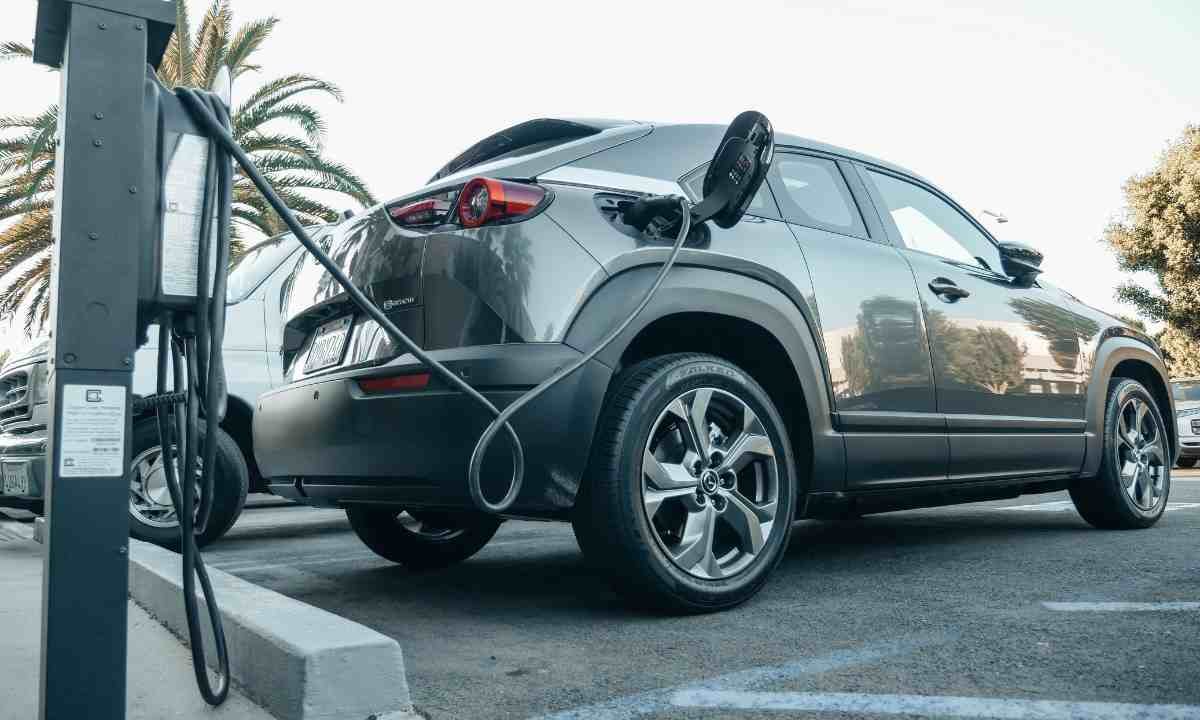In the rapidly advancing world of vehicle technologies, maintaining peak performance is critical. Whether you’re managing the latest electric vehicle (EV), a hybrid, or a conventional internal combustion engine (ICE) car, understanding how to maintain these technologies can extend the lifespan of your vehicle, enhance safety, and improve overall efficiency. This comprehensive guide will explore key strategies to keep vehicle technologies operating at their best.
Understanding Modern Vehicle Technologies
Modern vehicles are more than transportation devices; they’re highly sophisticated systems combining mechanical, electronic, and digital technologies. Here are some of the most critical systems:
- Advanced Driver Assistance Systems (ADAS): Includes adaptive cruise control, lane-keeping assist, and automatic emergency braking.
- Infotainment Systems: Navigation, entertainment, and connectivity options.
- Powertrains: Electric motors, hybrid configurations, and high-efficiency ICEs.
- Battery Management Systems (BMS): Essential for EVs and hybrids to optimize battery performance.
- Telematics Systems: Provide real-time data for diagnostics and monitoring.
To ensure these technologies function at their peak, regular maintenance, proper usage, and updates are essential.
1. Prioritize Routine Maintenance
Routine maintenance is the foundation of peak vehicle performance. Manufacturers provide detailed schedules for inspections, replacements, and servicing. Following these schedules ensures each component functions optimally.
Key Maintenance Tasks
- Oil Changes: For ICE vehicles, replace engine oil and filters regularly to prevent wear and tear.
- Software Updates: Regularly update infotainment systems, ADAS, and telematics to fix bugs and enhance functionality.
- Battery Care: For EVs, monitor and maintain the health of lithium-ion batteries by charging within recommended levels and avoiding extreme temperatures.
- Tire Care: Keep tires inflated to the recommended pressure, inspect for damage, and rotate them periodically to ensure uniform wear.
Recommended Practices
- Use manufacturer-approved parts and fluids.
- Keep records of maintenance and repairs.
- Address minor issues promptly to prevent major breakdowns.
2. Optimize Fuel and Energy Efficiency
Fuel and energy efficiency directly impact performance and cost savings. Small habits can make a significant difference in the long run.
Driving Habits
- Avoid Aggressive Driving: Accelerating and braking suddenly increases fuel consumption and wears out components faster.
- Use Cruise Control: Helps maintain a consistent speed, especially on highways.
- Lighten the Load: Avoid carrying unnecessary weight.
Energy Management for EVs
- Use regenerative braking to recover energy.
- Charge during off-peak hours to save costs and reduce grid strain.
- Pre-condition the vehicle while plugged in to reduce battery usage.
3. Keep Software and Firmware Updated
Software plays a pivotal role in modern vehicles. From infotainment systems to ADAS, updates enhance security, introduce new features, and improve performance.
Tips for Staying Updated
- Check Regularly: Most manufacturers notify users of updates. Check settings in the infotainment system or mobile app.
- Visit Dealerships: Some updates may require dealer installation.
- Wi-Fi Access: Connect your car to a secure Wi-Fi network for over-the-air (OTA) updates.
Security Considerations
- Ensure updates come from official sources.
- Use strong passwords for vehicle apps and accounts.
- Regularly monitor for recalls or safety notifications.
4. Monitor and Diagnose Issues Early
Advanced diagnostic tools make identifying and resolving issues easier than ever. Modern cars often include built-in diagnostic systems accessible through mobile apps or telematics platforms.
How to Monitor Effectively
- Check Warning Lights: Don’t ignore dashboard indicators like the check engine light.
- Use OBD-II Scanners: Plug-in devices provide real-time data and error codes.
- Telematics Alerts: Many vehicles send maintenance reminders or fault notifications.
Benefits of Early Diagnosis
- Prevent costly repairs by addressing minor issues early.
- Minimize downtime and ensure reliability.
- Extend the lifespan of components.
5. Protect Against Environmental Factors
Weather and environmental conditions can significantly affect vehicle technologies. Proactive measures help mitigate these impacts.
Seasonal Maintenance
- Winter: Check battery health, ensure proper antifreeze levels, and switch to winter tires.
- Summer: Inspect the cooling system and use sunshades to protect interior electronics.
Environmental Precautions
- Avoid prolonged exposure to extreme temperatures.
- Park in covered or shaded areas when possible.
- Regularly wash the vehicle to remove dirt, salt, and debris.
6. Use Quality Parts and Accessories
Using substandard parts can compromise performance and safety. Always opt for quality components, even if they’re more expensive upfront.
Choosing the Right Parts
- Stick to OEM (Original Equipment Manufacturer) parts.
- Verify compatibility with your vehicle’s make and model.
- Avoid counterfeit products by purchasing from reputable vendors.
Upgrades to Consider
- High-performance tires for better grip.
- Advanced lighting systems for improved visibility.
- Aftermarket accessories designed specifically for your vehicle.
7. Educate Yourself About Your Vehicle
Understanding how your vehicle works empowers you to make informed decisions about maintenance and usage.
Resources to Consider
- Owner’s Manual: Provides detailed guidance on maintenance schedules and troubleshooting.
- Online Forums: Join communities of similar vehicle owners to share tips and insights.
- Workshops and Webinars: Attend events hosted by manufacturers or automotive experts.
Benefits of Knowledge
- Save money by performing minor maintenance tasks yourself.
- Communicate effectively with mechanics.
Enhance driving habits to suit your vehicle’s capabilities.
8. Leverage Professional Services
While DIY maintenance is beneficial, some tasks require professional expertise. Regular visits to certified service centers ensure all aspects of your vehicle are checked thoroughly.
Services to Schedule
- Annual Inspections: Comprehensive check-ups covering all major systems.
- Alignment and Balancing: Essential for smooth and safe driving.
- Specialized Repairs: For complex issues like ADAS recalibration or BMS optimization.
Conclusion
Keeping vehicle technologies operating at their peak requires a blend of routine care, informed usage, and leveraging advanced diagnostic tools. By prioritizing maintenance, updating software, monitoring issues, and seeking professional help when needed, you can ensure your vehicle remains efficient, reliable, and safe for years to come.
Remember, each vehicle is unique. Understanding its specific requirements and staying proactive will maximize your investment and driving pleasure. Happy motoring!
More Articles:
How Does Technology Bring People Together? A Detail Guide
How Do I Contact Hong Kong Reverse Technology
Which Statement About Mood Disorders and Digital Technology is True?

